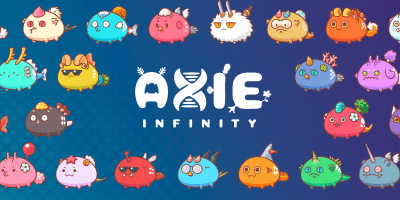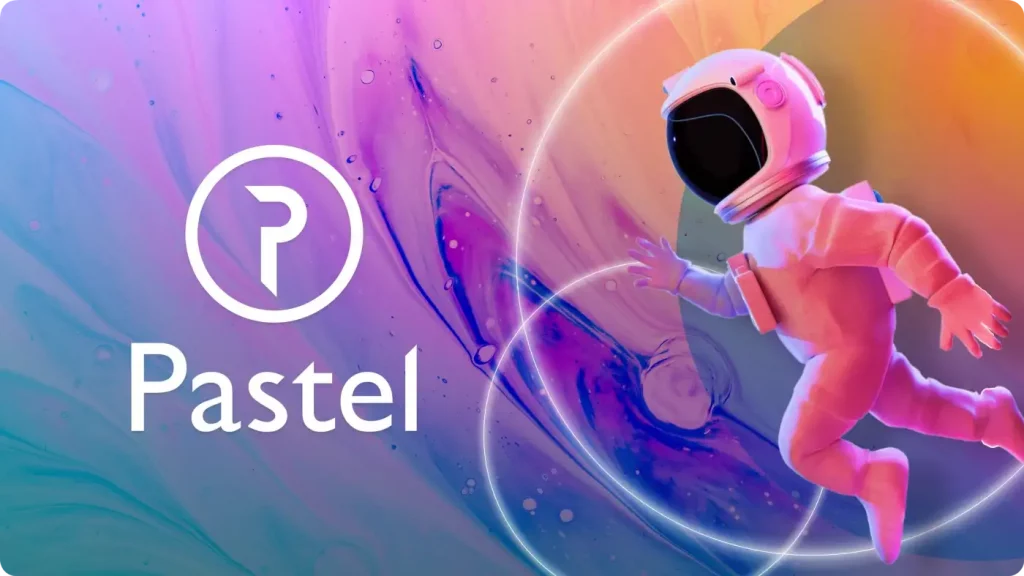November 2021
Are NFTs Truly Decentralized Art?
There are quite a bit of misunderstandings around NFTs. Many people think NFTs are minted on the Ethereum blockchain through a platform like Rarible and — voila! — the art is non-fungible and lives forever in a decentralized manner on the blockchain. But that’s not entirely the case. NFTs, or “non-fungible tokens†are really only …
Axie Infinity: Pokémon Inspired Blockchain Game Explained
Axie Infinity is a community-driven blockchain-based digital pet game that enables players to earn money while playing the game. Think of Axie as a hybrid between Pokemon, Tamagotchi, and CryptoKitties. It is one of the most popular NFT token-based games, with over 19,000 monthly active on-chain users. One of the most notable characteristics of Axie Infinity and …
Axie Infinity: Pokémon Inspired Blockchain Game Explained Read More »
Pastel Network Announces Cooperation with MEXC Global
We are excited to announce the cooperation of Pastel with MEXC Global. Through this cooperation, MEXC will provide the offering and trading of Pastel’s native utility token, PSL, on the MEXC Exchange. The listing is expected to take place around November 23rd, 2021 at 13:00 UTC. Additionally, we will be launching the MEXC Kickstarter Event. This …
Pastel Network Announces Cooperation with MEXC Global Read More »


